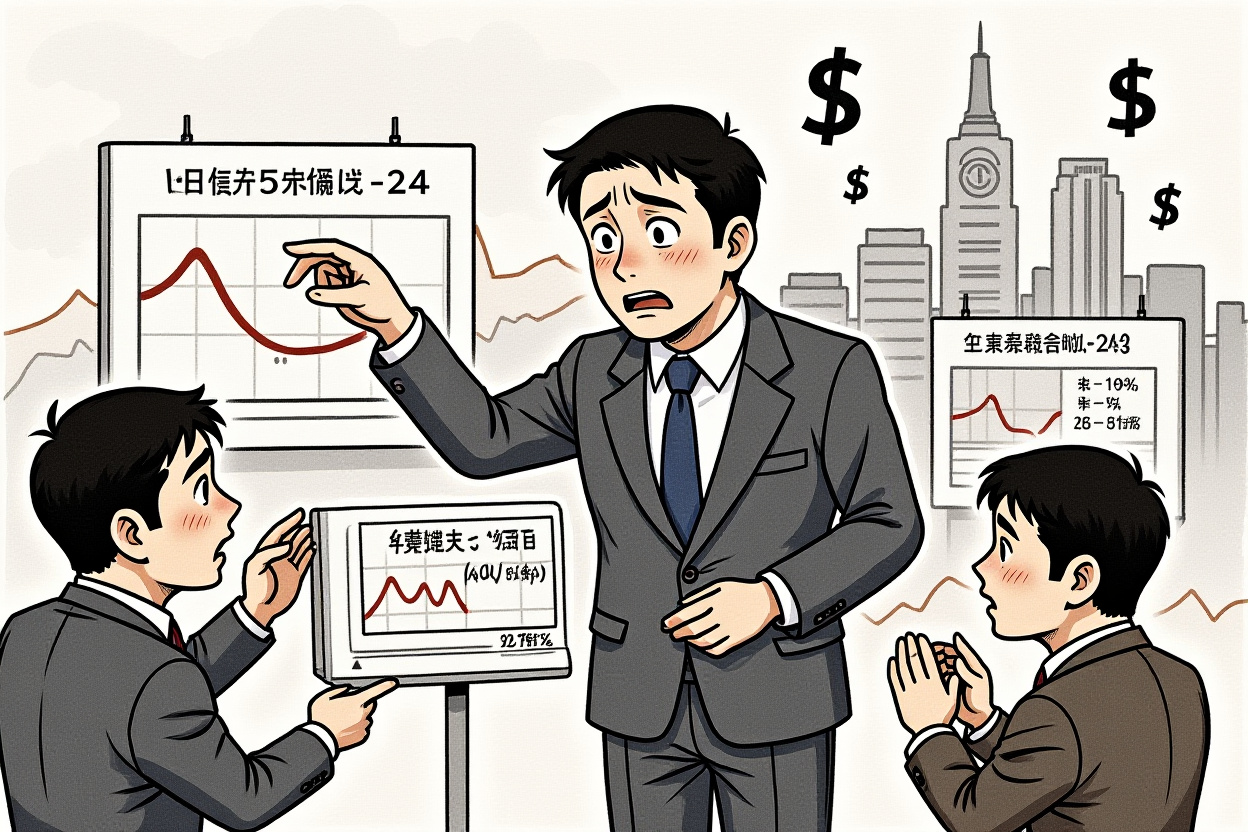Japan’s Trade Woes Deepen as Exports to US Extend Slide
Japan’s trade relationship with the United States faces mounting pressure as export figures reveal a fifth consecutive monthly decline. Fresh data from Japan’s Ministry of Finance (财务省) underscores the strain imposed by tariff policies and shifting global demand. With automotive exports—a cornerstone of bilateral trade—plummeting dramatically, market watchers are questioning whether the newly implemented 15% tariff rate will alleviate or exacerbate existing challenges.
Key Developments
– Japan’s overall trade deficit narrowed significantly in August, but exports to the US fell sharply.
– Auto exports dropped 28.4%, driving a 50.5% contraction in Japan’s trade surplus with the US.
– The US tariff on Japanese autos now stands at 15%, down from a peak of 27.5% but still substantially higher than pre-dispute levels.
August Trade Data Reflects Persistent Weakness
Japan’s Ministry of Finance reported on September 17 that the country’s trade balance showed a deficit of ¥242.5 billion (approximately $1.7 billion), down 65.9% year-on-year. While both exports and imports fell—by 0.1% and 5.2%, respectively—the decline in shipments to the United States was particularly pronounced.
Fifth Consecutive Monthly Drop
Japan’s exports to the US fell 13.8% in August compared to the same period last year, marking the fifth straight month of contraction. The downturn has accelerated since April, when the Trump administration announced reciprocal tariff measures.
Automotive Sector Bears the Brunt of Tariff Pressures
Japan’s auto industry, which accounts for roughly one-third of its exports to the US, has been hit hardest. August data revealed a 28.4% year-on-year decline in auto exports, contributing significantly to the shrinking trade surplus.
Comparative Tariff Burden
Although the tariff on Japanese autos has been reduced from 25% to 15%, it remains multiples higher than the pre-April rate of 2.5%. This elevated tariff environment continues to squeeze profitability for Japanese automakers and parts suppliers.
Economic Implications and Outlook
Japan’s broader economic performance remains under scrutiny. While second-quarter GDP growth surpassed expectations—registering a 1.0% annualized expansion—concerns are mounting over the third quarter.
Threat of Negative Growth
Analysts from institutions including Dai-ichi Life Research Institute and Bloomberg Economics warn that Japan may face negative growth in Q3, due in part to falling exports and inventory adjustments. The full implementation of the US-Japan trade agreement could reduce Japanese exports to the US by nearly 25%, threatening 0.5% of GDP.
Policy and Political Uncertainty
The Bank of Japan’s upcoming policy meeting adds another layer of complexity. Most analysts expect interest rates to remain unchanged, but acknowledge that trade tensions and domestic political uncertainty could influence future monetary decisions.
Japan’s Stance on Global Tariff Proposals
Finance Minister Katsunobu Kato (加藤勝信) recently rejected US calls for higher tariffs on Russian oil imports, reaffirming Japan’s commitment to WTO rules and fair treatment of all members.
Looking Ahead: Can Trade Recover?
While the reduction to a 15% auto tariff offers some relief, it falls short of a return to pre-dispute conditions. Japanese automakers, including Toyota and Honda, anticipate significant profit declines in the coming fiscal year. For investors and trade professionals, close monitoring of export data, corporate earnings, and policy developments will be essential to navigating this evolving landscape.
Engage with real-time trade data and regulatory updates to stay informed on Japan-US trade relations and their market implications.




